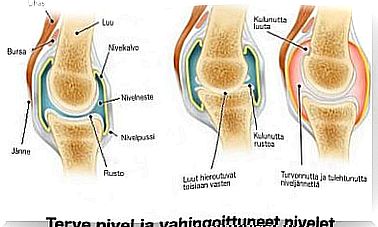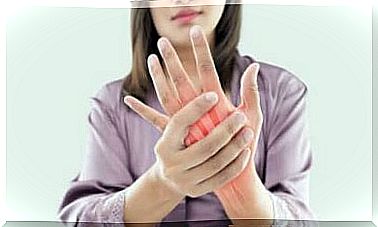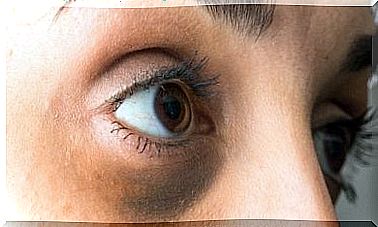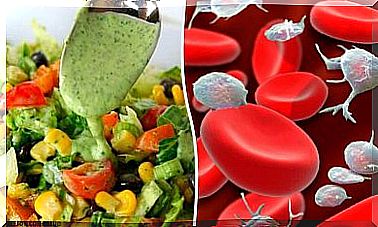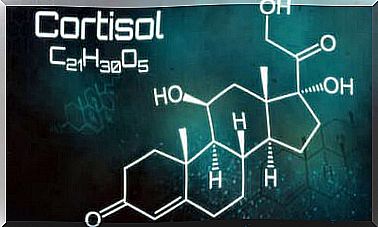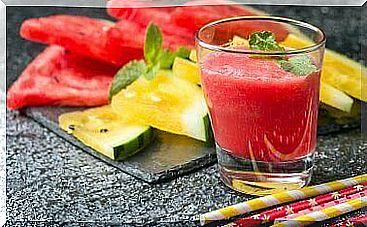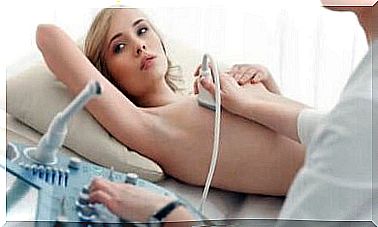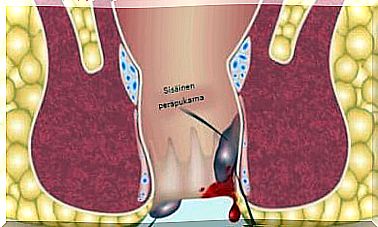7 Toxic Objects In Your Home
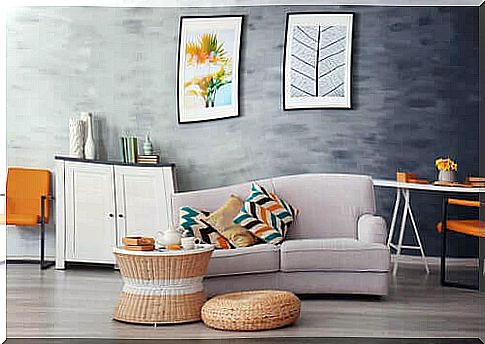
1. Products made of wood chips
Why can wood chip products be harmful? Wood and sawdust chips are usually glued with ureaformaldehyde resins, a type of poison that directly affects the respiratory system and eyes.
It can also cause problems for pets in the apartment.
The risk is higher for older articles, as newer products have higher regulatory standards and not all manufacturers use toxic substances in their manufacture anymore.
What can you do?
- To find out if your furniture is definitely safe, you need to ensure product certifications; whether they comply with international standards, what is the wood material and so on.
2. Carpets and rugs
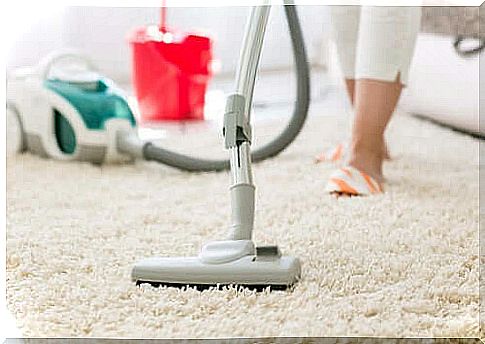
Why can a rug be dangerous to health?
Various adhesives and dyes are used in the manufacture of carpets. These products release volatile organic compounds that can cause headaches, allergies and fatigue.
A carpet can be even more dangerous than a regular carpet, as it covers the entire floor and sticks to it. This makes it difficult to remove dust mites caused by allergies and asthma from the carpet during cleaning.
What can you do?
- If your carpet is already very old, it may be a good idea to buy a brand new one, preferably made from natural materials that have not been treated with hazardous chemicals.
- Avoid choosing large rugs, as smaller ones are easier to keep clean.
3. Laser printers
Laser printers emit tiny small particles of printing powder into the air. These particles eventually penetrate the lungs and can, at worst, lead to a variety of lung, cardiovascular diseases.
What can you do?
- If you have a laser printer in your home, make sure you store it in a well-ventilated place.
4. Baby feeding bottles
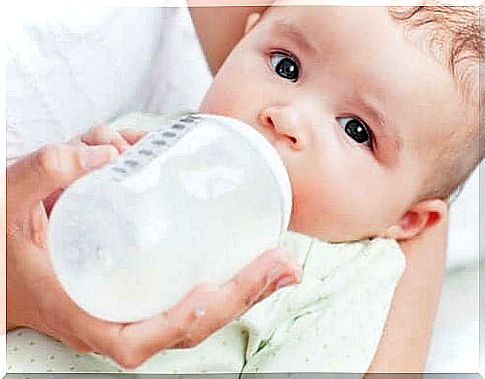
Baby feeding bottles are usually made of polycarbonate plastic. This type of plastic is created with a chemical known as bisphenol A (BPA).
What can you do?
- It is best to look for alternative products made from safe materials and always check the labels on baby bottles in advance to find out their composition.
5. Mattresses
Many mattresses contain high levels of polybrominated diphenyl ether to which exposure can cause health problems. This material is especially dangerous for children.
What can you do?
- Old mattresses are much more likely to contain these hazardous substances. If you haven’t changed your mattress in a long time, it’s time to go buy a new mattress made from natural, harmless materials.
6. Tupperware containers
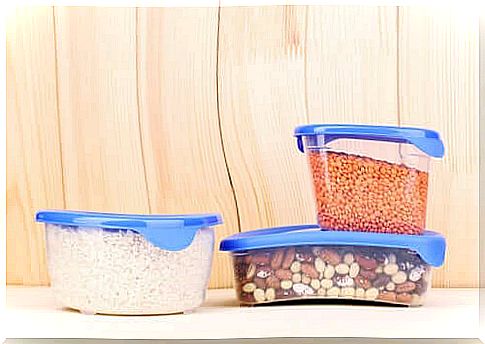
Tupperware containers are typically made of plastic. This means that it is likely to contain material with numerous chemical products such as phthalates. These can affect the endocrine system, the reproductive system and cause high blood pressure as well as insulin resistance.
What can you do?
- If you want plastic containers and jars, make sure they are made of polyethylene or polypropylene.
- Don’t forget that you should never heat food in the microwave in plastic boxes.
- Glass or ceramic jars and dishes are the best option.
7. Rinse aid
Rinse aids leave your clothes softer, but in reality they cover your clothes with a thin layer of toxic chemicals.
These chemicals on your skin can cause skin irritation, respiratory problems and headaches.
What can you do?
- Even if you do not use more than the recommended amount of fabric softener, it is a good idea to avoid using it altogether, especially when washing children’s clothing.
- Remember that you can always choose natural ways to improve the condition and smell of your clothes!
Keep in mind these seven toxic objects or things that can be found in your home and try to find safer alternatives to them.
